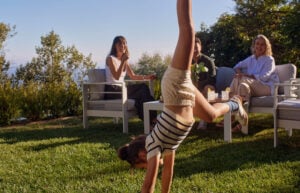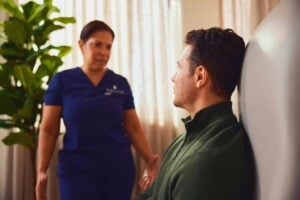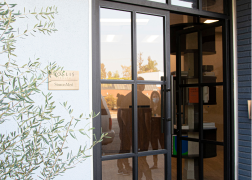
The Dangers of Fireworks, Sparklers, and Campfires
Almost 16,000 people in the U.S. were hospitalized with injuries related to fireworks in 2020, the highest number in 15 years—with most of them happening around July 4th. Injuries to the hands and fingers were most common, and, in a surprise to no one, almost half of the incidents were males under 30.
These injuries are plainly common, and yet not enough people know how to treat burns from fireworks, or what to put on a firework burn. Sparklers can be just as dangerous: they reach temperatures of 1,800 degrees Fahrenheit, hot enough to melt gold.
To minimize your risk from fireworks, leave the pyrotechnics to the pros and attend public fireworks instead of doing them at home. If you can’t resist, buy legal fireworks only (i.e., they have a label with the manufacturer’s name), store them in a cool, dry place, and keep your kids away. When setting them off, never hold them in your hand or have any part of your body over them while lighting them, always do it outdoors, have a bucket of water and a hose nearby, point them away from houses, only light one at a time, don’t let kids pick up the pieces afterward in case they’re still active, and soak all fireworks in water before throwing them away.
It’s similar with campfires: the best way to stay out of the ER is by operating with caution. Always use a fire pit, circle the pit with rocks, don’t use lighter fluid, keep water—and ideally a shovel—handy, mind the wind, be careful with children and pets (and teach your kids to stop, drop, and roll if their clothes catch on fire), never leave a fire alone (even for a minute!), and be sure to put it out properly. If it’s too hot to touch, it’s too hot to leave.
What to do if someone has a minor burn:
- Hold the area under cool (not cold) water for at least 10 minutes. If you don’t have running water, you can use any cold liquid like juice, beer, or milk. Switch to water as soon as you can. Do not use ice.
- Gently remove rings or other tight items from the burned area before it swells.
- Apply lotion with aloe vera after the area has cooled.
- Bandage the burn loosely with a clean bandage. Do not break any blisters—they help guard against infection. If a blister does break, gently clean the area and apply an antibiotic ointment.
- Emergency care might still be needed for a minor burn if it affects the eyes, mouth, hands, or genitals. Babies and older adults may need emergency care as well. If you have any concerns, call our 24/7 medical hotline for guidance.
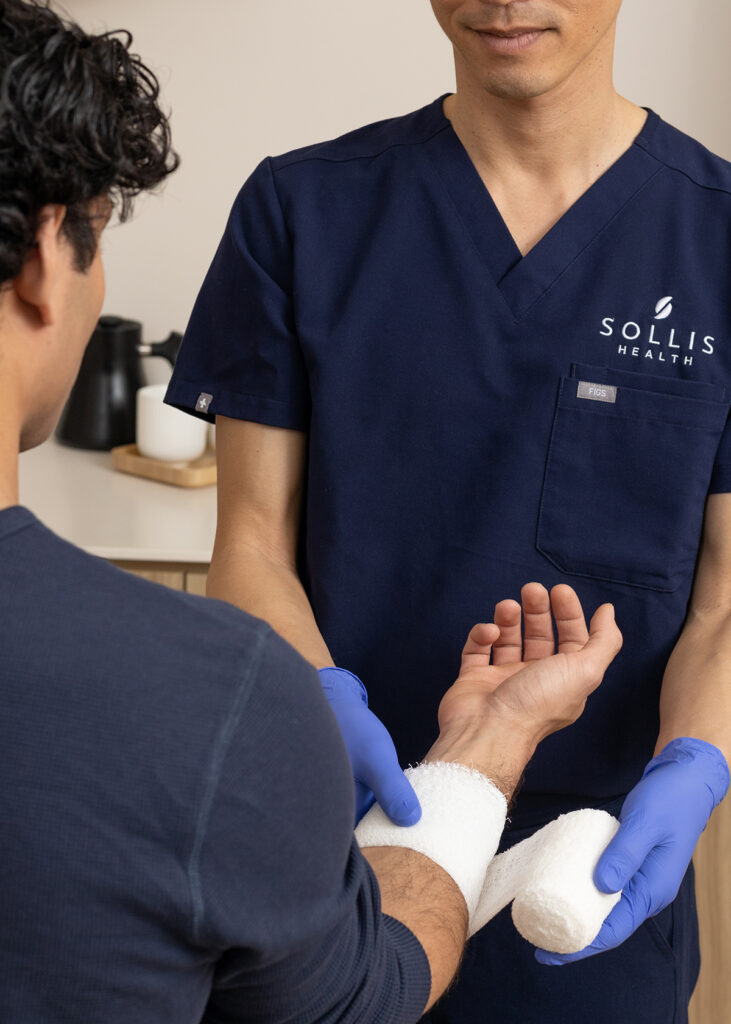
What to do if someone has a major burn:
- Call 911 or seek immediate help if the burn is deep and involves all layers of the skin, causes the skin to be dry, leathery, or charred, is larger than three inches in diameter, covers the hands, feet, face, groin, or a major joint, or starts swelling very quickly.
- Make sure the person burned is breathing. If they’re not, put them on their back and begin rescue breathing. Tilt their head and lift their chin up with two fingers, pinch their nose, seal your mouth over theirs, and blow steadily into their mouth for one second.
- Remove jewelry, belts, and any other tight items, especially from the burned area and neck. Burned areas swell quickly.
- Cover the burn with loose gauze or a clean cloth and raise it above heart level, if possible. Do not touch it with your hands, do not apply lotions, and do not break blisters.
- Watch for signs for shock, including cool, clammy skin, weak pulse, and shallow breathing.
If you have any questions about how to treat a firework burn or campfire burn, or any concerns about the severity of a burn, call our 24/7 medical hotline.
Stay Safe While Boating and Biking
According to the United States Coast Guard, there were more than 630 boating fatalities in 2022. The leading factor was alcohol, and of the fatalities due to drowning, 85% were not wearing a life jacket. Most incidents occur in calm waters, light wind, and good visibility, so always make sure you have enough life jackets—and that they fit everyone aboard—even if the weather is perfect.
As for preventable bike deaths, the number has increased by almost 50% in the last 10 years, and it peaks in the warmer months of May through October. The best way to protect yourself is by wearing a properly-fitted helmet every time you ride, even when close to home: it reduces the risk of head and brain injury by 60%. Always follow the rules of the road, obey traffic signals, and use hand signals for turning. Whenever possible, choose bike-friendly routes with designated bike lanes or low-traffic areas. You should also check your bike regularly, including brakes, tires, and reflectors.
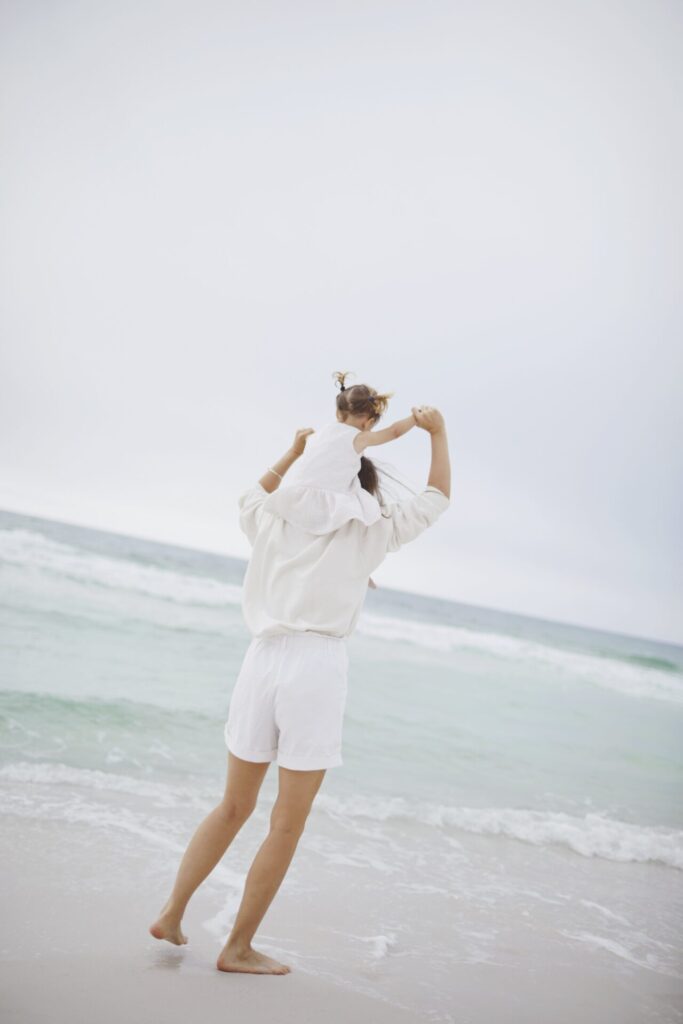
What to do if someone is drowning
- Get them out of the water and call 911.
- Place them on their back and check for breathing: put your ear next to their mouth and nose and look to see if their chest is moving. If they’re not breathing, check their pulse for 10 seconds.
- If there’s no pulse, begin CPR. Place the heel of one hand on the center of the chest at the nipple line and press down at least two inches without pressing on the ribs. Do 30 chest compressions at a rate of 100 to 120 per minute. Let the chest rise completely between pushes.
- Check to see if the victim is breathing, then perform two rescue breaths. Gently tilt their head and lift the chin up with two fingers. Pinch their nose, seal your mouth over theirs, and blow steadily into their mouth for one second.
- Never assume it’s too late to save someone’s life. Even if they’re unresponsive, continue alternating between 30 chest compressions and two rescue breaths until emergency help arrives or they start to breathe normally.
What to do if someone is bleeding
- Apply pressure with a clean cloth, tissue, or gauze. Do not remove the material even if it becomes blood-soaked.
- Go to Sollis or an ER immediately if the bleeding can’t be stopped with pressure within 10 minutes, blood is spurting out of the wound, the cut is on the face, ear, or neck, dirt/debris is stuck in the wound, or if you suspect internal bleeding.
- If the wound is on a leg or arm, try to raise it above the heart, which will help stem the bleeding.
- Do not wait. If a cut needs stitches, it must happen within 18 to 24 hours.
- If you have any concerns, call our 24/7 medical hotline for guidance.
The Dangers of Beach Volleyball and Racket Sports
While beach volleyball may seem harmless because it’s played on sand, you can still do a lot of damage to your body, including ankle sprains, finger tendon and ligament injuries, jumper’s knee aka patellar tendonitis, injuries to the lower back and rotator cuff, and even concussions.
Here are a few quick pointers on how to avoid injuries in volleyball: warm up and stretch properly, train for balance (especially since it’s played on such an uneven surface), do lunges, squats, and glute bridges to strengthen your leg muscles, and do external rotation and arm reach exercises to strengthen your shoulder. Lastly, don’t forget the most basic thing of all: sunscreen!
As for the other kind of net-based sports—tennis, pickleball, badminton, etc.—the most common injuries are things like tennis elbow, damage to the rotator cuff, and ankle sprains. Just like beach volleyball, the best way to protect yourself is to warm up properly and do a lot of stretching, especially on the arms. It can also help to ice your elbows after the game.
How to treat a minor injury like wrist or ankle sprain:
- Do no harm. If you’re not sure whether it’s dislocated or sprained, immobilize the area, don’t put weight on it, and reduce inflammation.
- Try the RICE method for the first day or two (rest, ice, compression, elevation).
- Call Sollis and get a diagnosis. X-rays are great for bones and MRIs are for soft tissues, ligaments, and nerves. We have both machines right on site.
- Whatever you do, don’t ignore it, or you could end up with chronic pain that outsizes the severity of the original injury.
- If you don’t want to move your injury, Sollis Health can come right to you via house call, or can arrange ambulance transport to our center.
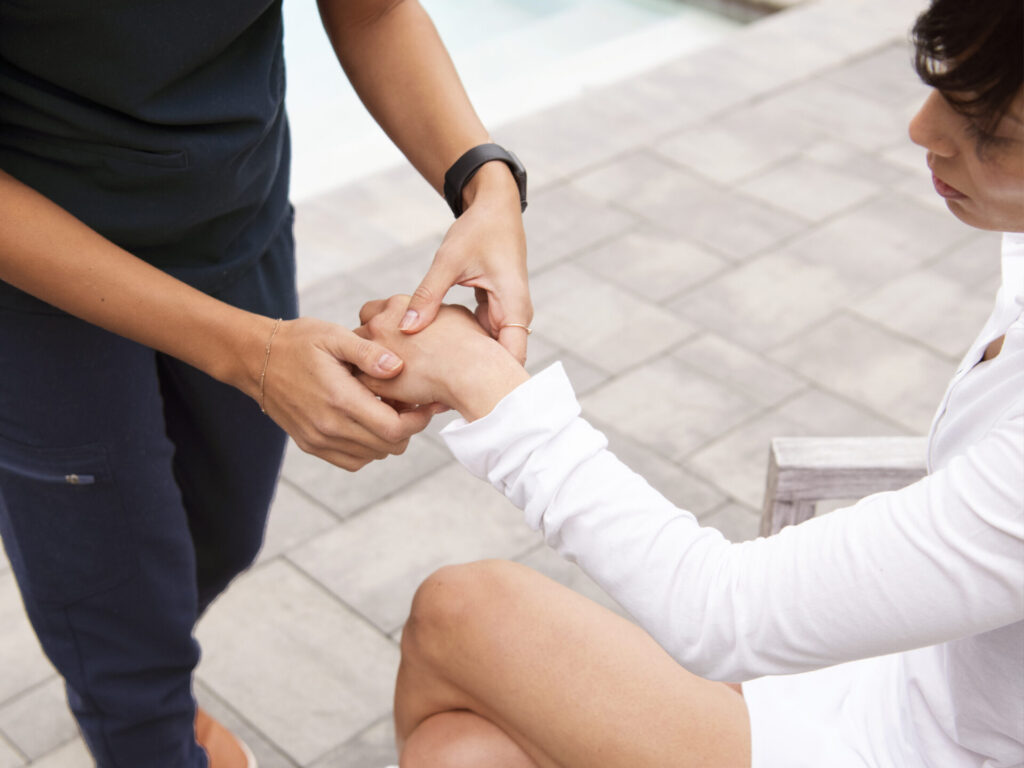
How to treat a concussion:
- Take the person out of the game immediately. A second blow to the head before fully recovering from the first concussion can lead to severe brain damage.
- Look for red flags that indicate they need immediate care. What does a concussion feel like? The person appears dazed, confused, can’t remember things before the concussion, lose consciousness (even briefly), or have personality changes. If they do, call our 24/7 medical hotline.
- Take them to the ER for an evaluation if they experience weakness, numbness, loss of coordination, nausea or vomiting, slurred speech, severe headache, difficulty staying awake, trouble waking up, one pupil larger than the other, or seizures. These symptoms may occur immediately or after the fact.
- Be on alert for 24 to 48 hours. Watch for signs of worsening symptoms.
- As long as you’ve talked to a doctor, let them sleep. Sleeping longer than usual is expected while their brain heals.
How to treat a broken bone:
- Call 911 immediately if there’s an injury to the head, neck, or back, if a bone comes through the skin, or if there’s heavy bleeding.
- Keep the person lying down and gently take or cut clothing off the injured area without moving it.
- For a minor fracture, put ice on it, elevate it if possible, and use a simple splint to keep it temporarily stable. How long can a broken bone go untreated? If it’s not dealt with in the first few weeks, it will need surgery.
- While waiting for help, do not move the injured body part, wash it, or push in any part that’s sticking out. Do not let the person eat or drink in case they need surgery.
- If you need guidance at any point of the process—from how to tell if a bone is broken to signs a broken bone is not healing down the road—call Sollis Health’s 24/7 medical hotline for guidance.
For any other questions about how to prevent injuries in volleyball and racket sports, what to do if you have a concussion, or about anything else that might happen—whether it’s on the beach, in your backyard, or somewhere in between—you can always call Sollis Health, day or night.
